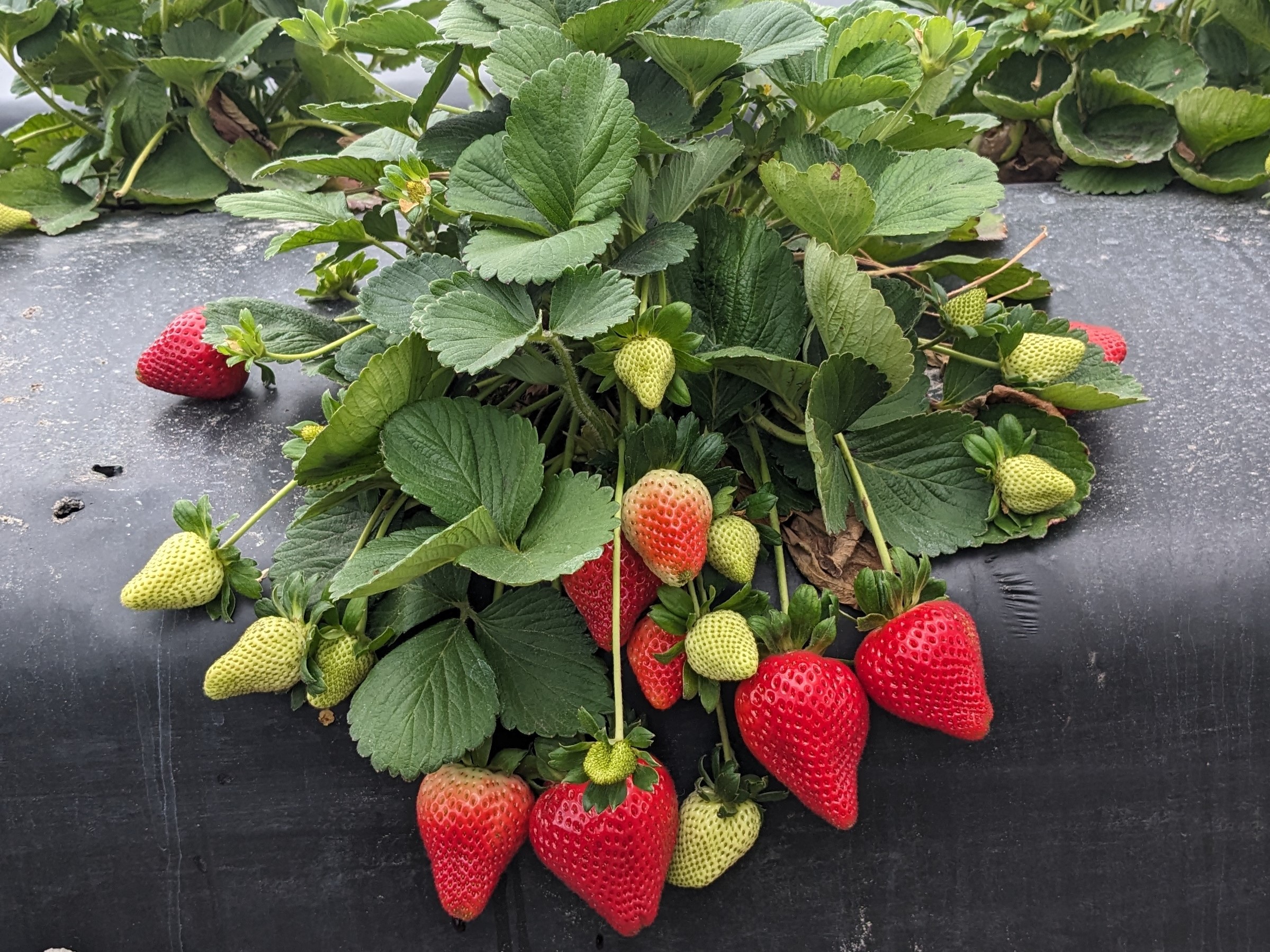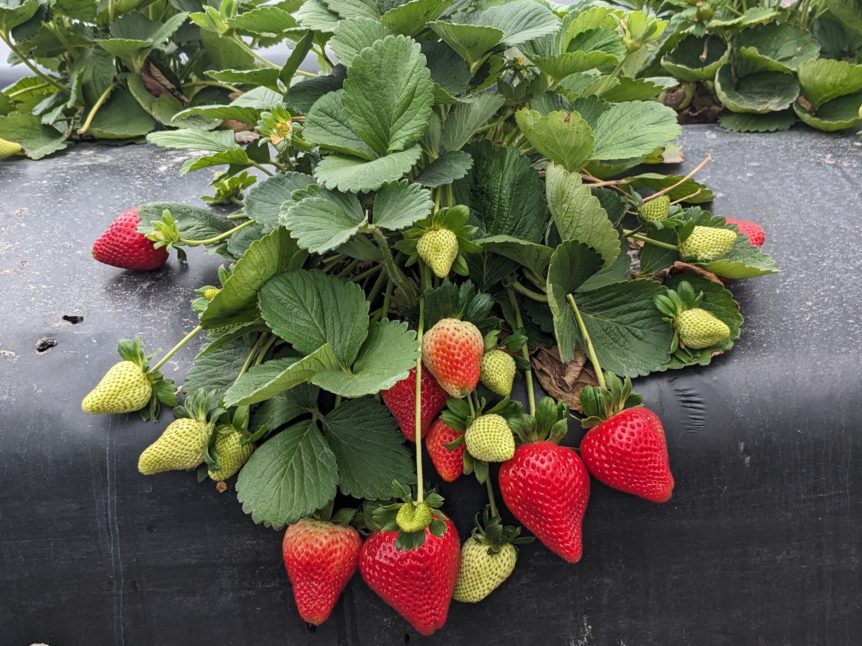
By Clint Thompson
The University of Florida Institute of Food and Agricultural Sciences’ newly released ‘Ember’ strawberry variety will be widely grown in South Florida’s strawberry region.
Matt Parke, farm manager of Parkesdale Farms in Plant City, Florida, plans to grow half of his crop this year with the ‘Ember’ variety. It has numerous attributes that make it a valuable variety for growers like Parke.
“The ‘Ember’ has resistance to Neopestalotiopsis. It’s not total resistant, but it’s more resistant than anything we have,” Parke said. “Another thing, too, it’s an upright flower. The calyx, the leaf on the fruit, it folds back and will help us combat botrytis and is resistant to phytophthora, acutatum and other things that could be bothering us.
“The good thing about it, too, is it is a consecutive picker. It’s not a real big leaps and bounds or valleys. It just picks steady, and it doesn’t pick too much at one time. It doesn’t pick too little at one time, it just stays picking. That’s a really good thing for our industry so we can control the market a little bit better.”
According to UF/IFAS, ‘Ember’ is named for its bright red external fruit color. It has excellent overall fruit quality; with a high degree of rain resistance and excellent sweetness and flavor similar to ‘Florida Medallion.’
Neopestalotiopsis Background
Neopestalotiopsis has been a danger to strawberry plants every year since it was first discovered during the 2018–19 season on five farms in Florida. The disease’s initial discovery was attributed to one nursery source in North Carolina. More than 20 farms experienced the disease during the 2019–20 season after it was attributed to two nursery sources early in the season in North Carolina and Canada.
It can lead to severe leaf spotting and blighting under favorable weather conditions, specifically during extended periods of wetness.










